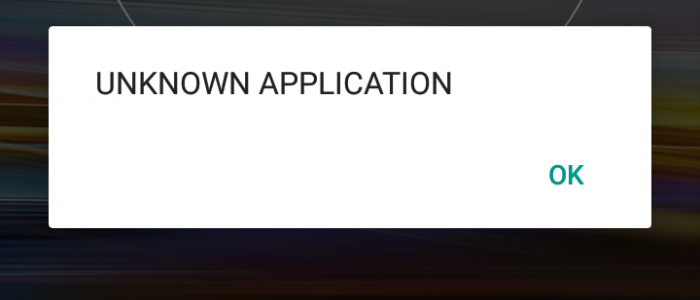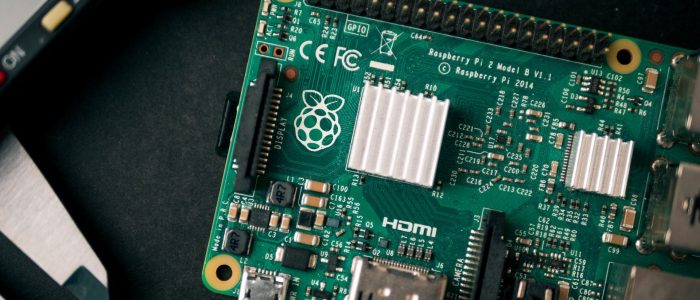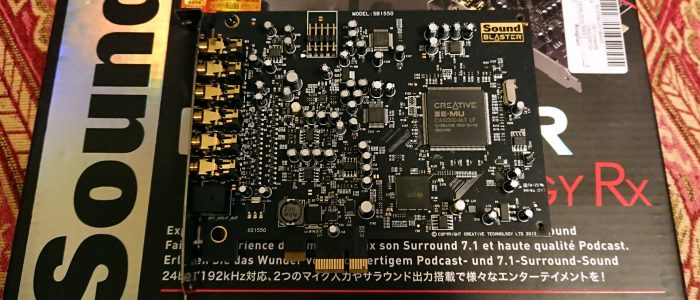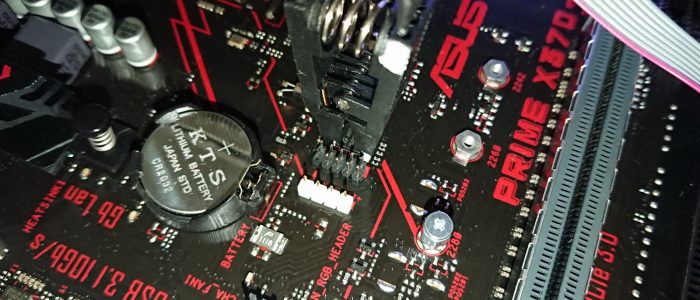How to play sounds (or run anything) on startup and shutdown with Raspbian
The Raspberry Pi is very handy for fun projects, and sometimes these projects require running specific events (like playing a sound) on startup or shutdown, or even in both instances – for an interactive machine that reacts to user input and presence, for example.
Sounds on startup and shutdown can also be used as a means of confirming those specific actions taking place – startup is complete and shutdown is taking place (and will complete in a very short while).
Sound Blaster Audigy 5/Rx software controls
Since I’m personally interested in using soundcards that support tone (bass / treble) adjustments and I’ve noticed this information is particularly difficult to find online I’m posting screenshots with the software functionality and controls of the cards that I’ve personally tested and/or used, for anyone else that may be looking for this same information.
How to configure a proxy host in Apache
Proxy virtual hosts are very handy when you need to publicly access a tertiary system on your local network and you only have one IP address to use but there’s a master web server already configured.
If that server is running Apache, adding a proxy vhost to pass outside requests to the correct LAN system is as simple as adding a new virtual host to the configuration.
How to clean up NextCloud stale locked files
Sometimes, due to connectivity issues (or even NextCloud bugs), files may end up in a locked state on the server. This means they can no longer be modified in any way, not even deleted.
How to install Windows 10 on a Ryzen onboard RAID
Loading a RAID driver for the motherboard integrated controller is a familiar procedure for anyone having used such a setup under Windows regardless of using AMD or Intel-based systems.
However, the AMD Ryzen series of chipsets have a slightly odd driver initialization procedure needing the use of multiple driver layers loaded in the correct order.
How to update BIOS on AMD Ryzen motherboard – the hard(ware) way
As we know AMD motherboards need BIOS updates to support new generations of Ryzen CPUs. This can normally be done using a recognized older gen CPU to power on the board and access the built-in BIOS updater function.
When there’s no older gen CPU around to use or you’re simply in the mood for some hardware tinkering, you can get your elbows dirty (figuratively, since the board is brand new and not dusty yet) using an EEPROM programmer.












